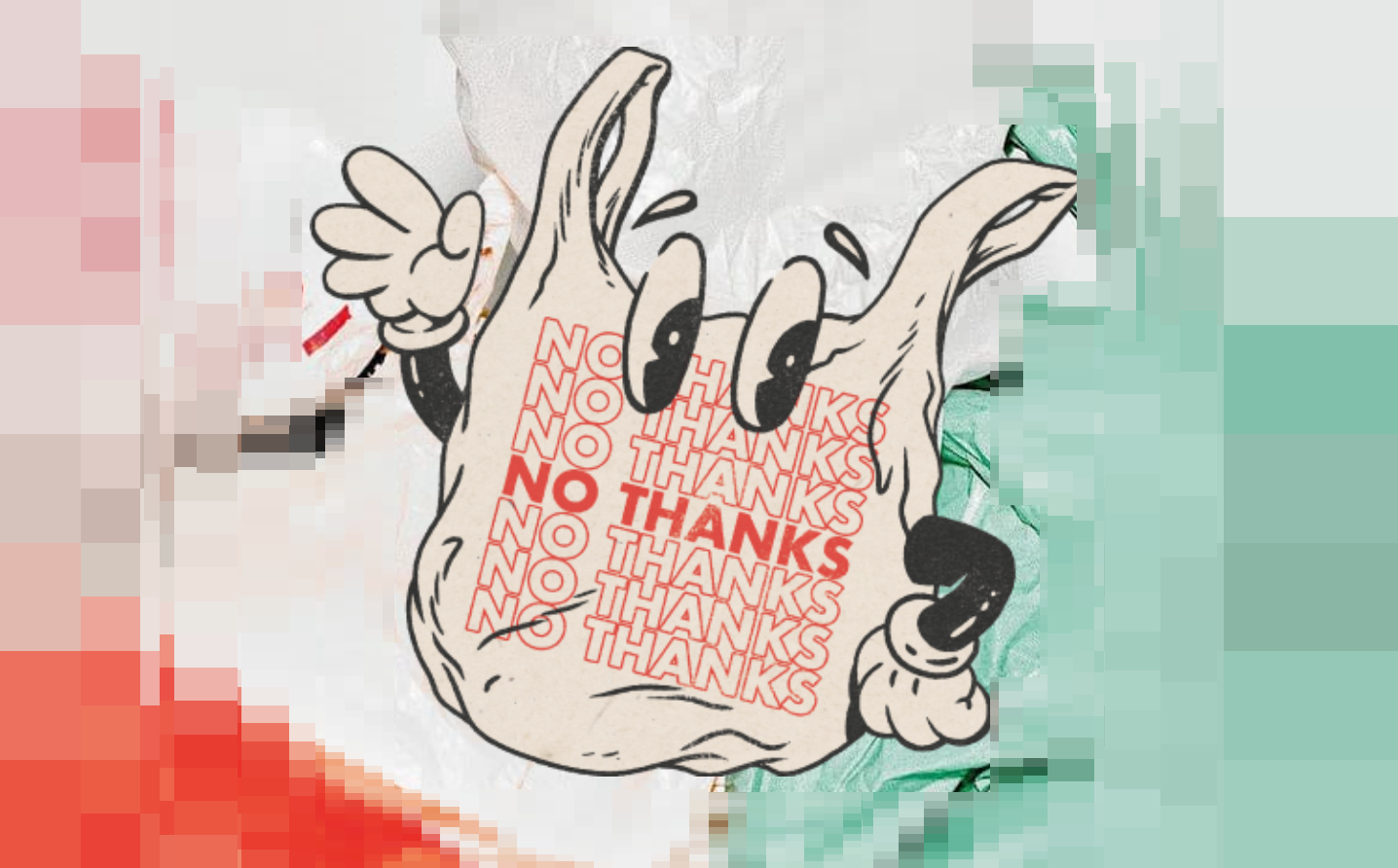
Waste Not
A simple way to search an open-source database of sustainable suppliers.
This toolkit includes an overview of practical applications, methods and tools that help us put sustainable principles into practice. It covers topics such as material selection and design strategies, but also describes how to measure success.
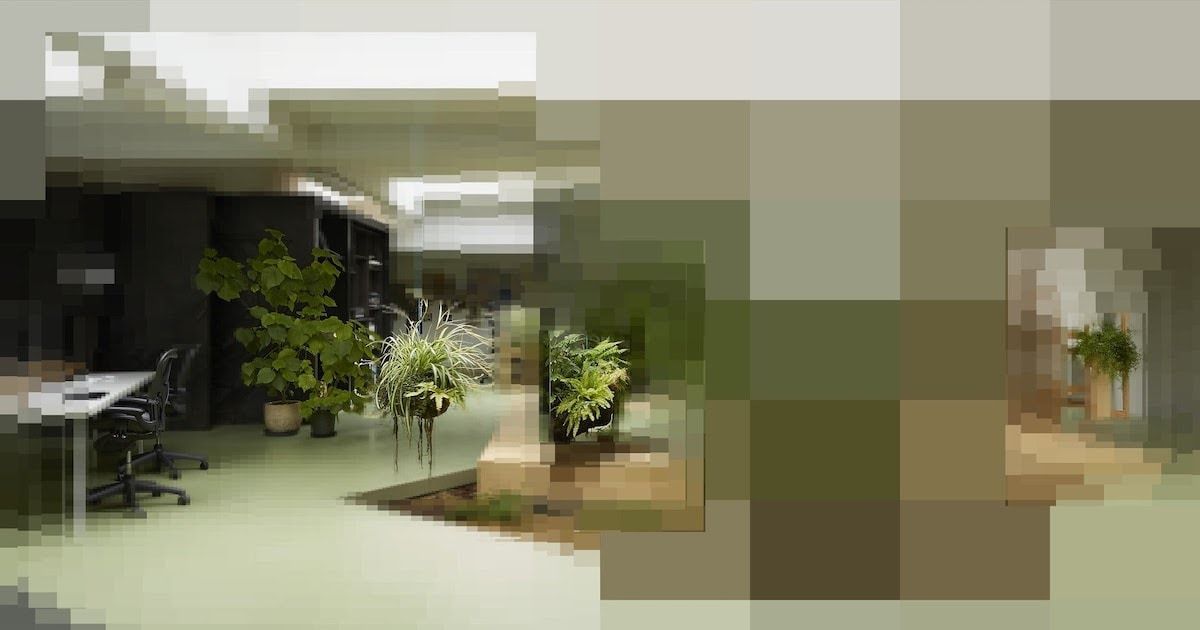
Talk about sustainability early on.
Sustainability needs to be highlighted before the real work begins, to avoid having to retrofit and post-rationalise later on. Before the very first meeting, it could help to do an audit of the client’s sustainability history - the goal here is not to judge or criticise, but to give the team a realistic understanding of where their client’s business is at. Sustainability should be discussed during project kick offs (internally, and with the client). This is the time to set some targets and goals for running a sustainable project.

Include sustainability explicitly as part of the project kick-off process
Set goals with the client: define a sustainable strategy and ensure both sides are aligned
Connect with potential local partners
Maintain an accurate listing of studio-owned equipment, materials and software
Perform a client asset and resource audit
When working toward a formal certification, map out target requirements
Consider the effects of the project on different stakeholders
Understand the different systems that interact with our work
Propose a new action...

A simple way to search an open-source database of sustainable suppliers.

Nine steps to identify and establish successful collaborations for a circular economy.
It’s better to pick a sustainable idea from the start than fix it later.
Apart from very few exceptions, most of our concepts will not be about sustainability itself but instead have other primary goals, e.g. emotion, spectacle and convention-breaking designs that attract and focus attention.
Nonetheless, when sustainability is considered at the earliest stages it becomes possible to guide the design away from unsustainable solutions that rely on heavy power usage, non-renewable/non-reusable materials or unnecessary long distance shipping.

Look for opportunities to incorporate existing materials and equipment in concepts
Explore sustainable design methods while ideating during the concept phase
Use VR prototyping where possible to reduce waste
Approach the design process from a circular perspective
Consider yourself as an agent of change in the transition to a sustainable world
Apply nature-based design concepts
Consider integrating a Product Service System into the design
Propose a new action...
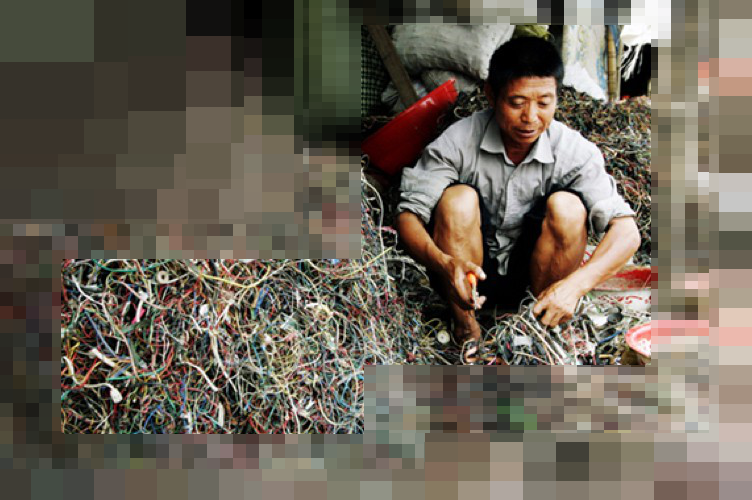
My students’ wishes for more sustainable design practices.

Sustainable UX: a design approach to reducing carbon emissions.
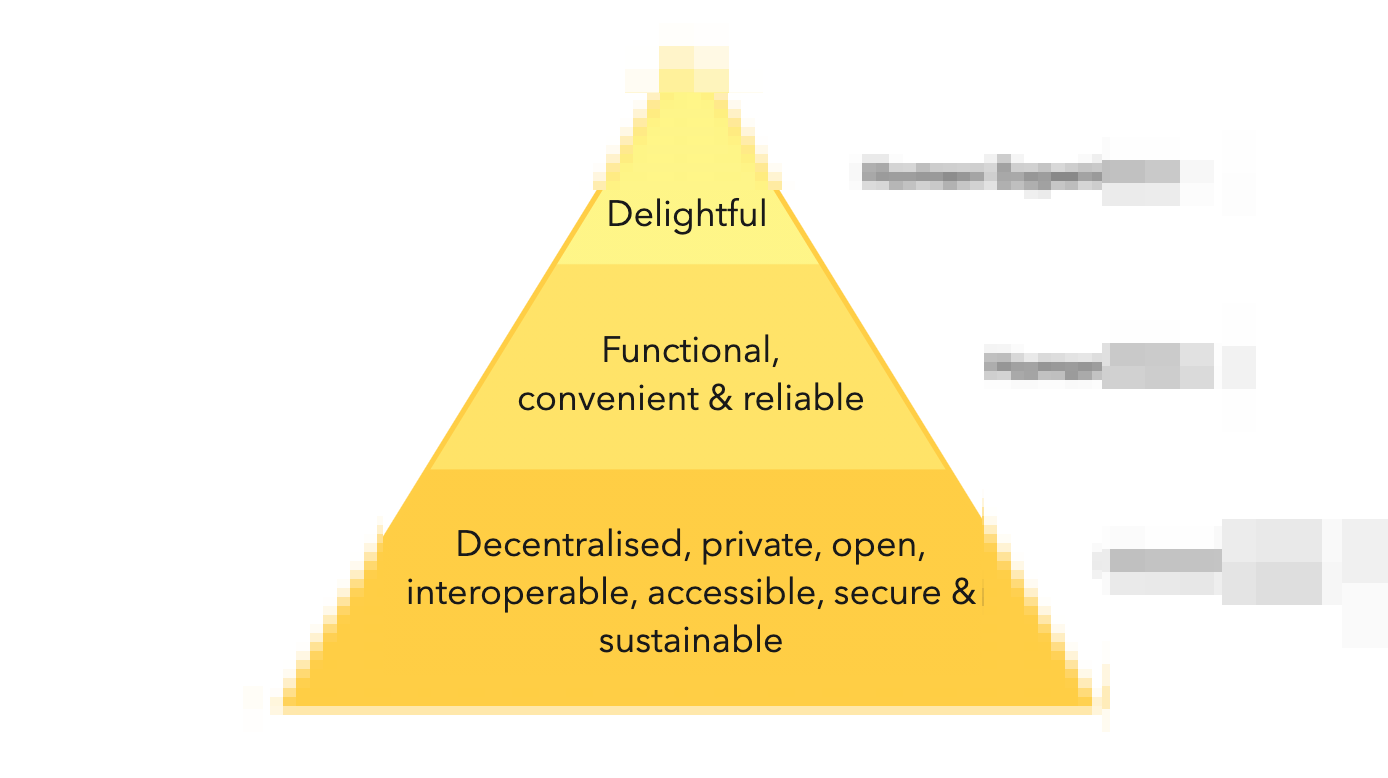
We design and build ethical technology that respects human rights, effort, and experience.

How products we build today can make the world more sustainable tomorrow.
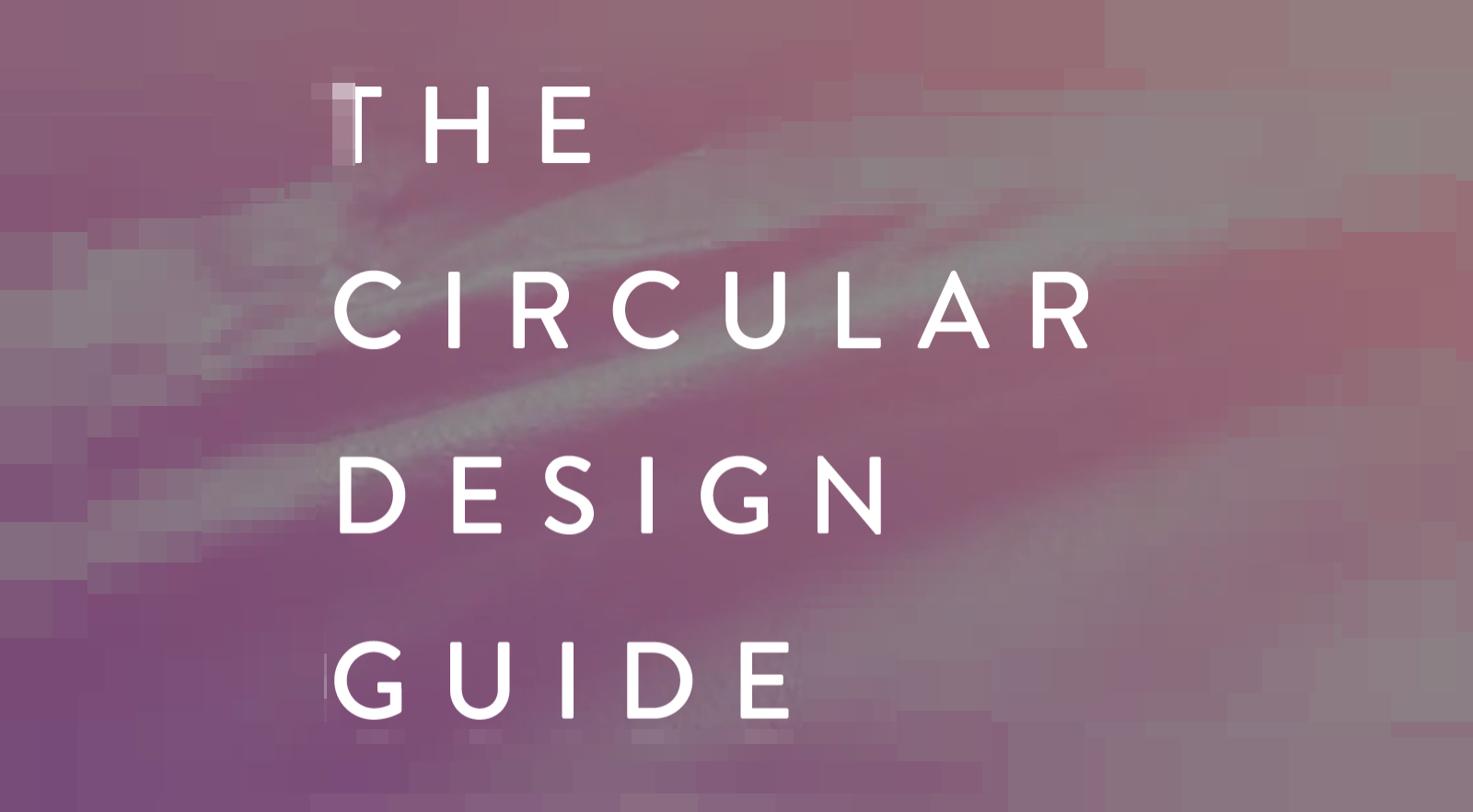
Explore methods that help you understand, define, make, and release circular innovations.
We cannot separate the digital world from the physical one.
Digital computation can seem abstract and ephemeral, but it does have a real-world impact. “Virtual” realities can only exist thanks to the extraction of very real materials, mass manufacturing, global supply chains and electrical energy production. Likewise, the “cloud” is constituted through infrastructure that is very much solid.
Sustainable design thinking can be applied at a systems architecture level, such as carefully considering hosting options for large scale, “always available” online roll-outs. Next in order of importance is optimising both server-side and client-side processing to conserve computing resources.

Choose hosting solutions powered by renewable energy wherever possible
Especially for heavy-computation tasks, run the jobs or process the data only when strictly necessary
Reduce remote data transfer as much as possible
Be mindful of using (extremely) large amounts of digital assets
Load content by request, not by default
Implement server side caching or static technology to minimise server load
Always utilize the best possible image compression
Use ethical web services
Propose a new action...

The world's first online hackathon to help fix the climate
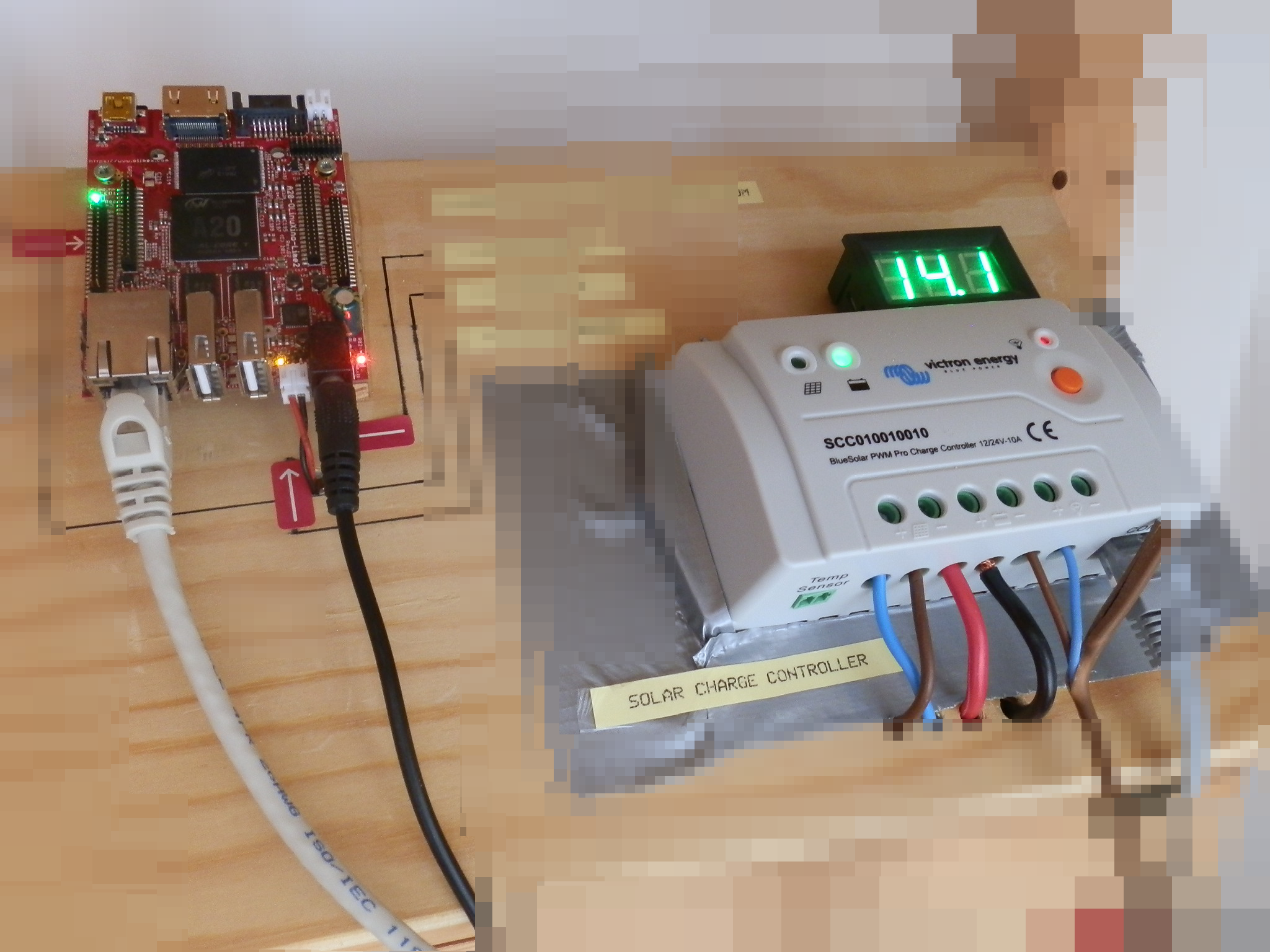
Our new blog is designed to radically reduce the energy use associated with accessing our content.

How can we, as web professionals, help to make the web more energy efficient.

Here’s How Designers Are Handling It
Prefer local, sustainable and ethically-produced materials.
When building installations we should opt for materials that are made sustainably and that are appropriate for the lifecycle of the project.
Look for sustainable versions of go-to construction materials such as MDF and plywood. Even better, seek out innovative recycled materials, or materials made from unexpected resources, such as mycelium or surfaces made from coffee grinds. Wherever possible, keep an eye out for materials with a positive story to tell that is relevant to the project or the brand.
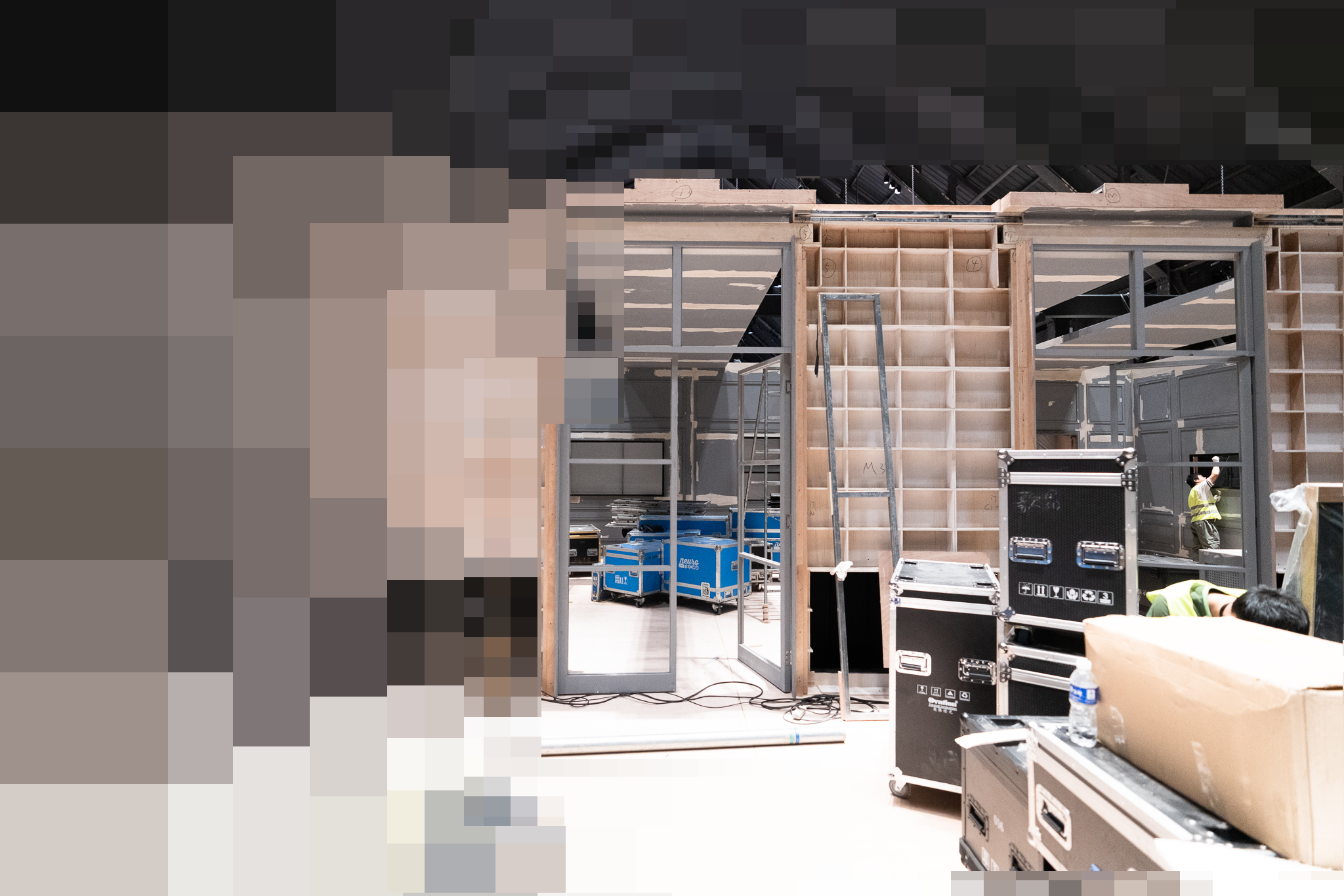
Use higher grade, bespoke material options only for longer duration projects
For temporary/short-term projects: prefer biodegradable and/or recyclable material
Consider renting when working with electronics for temporary use
Prefer ethically made, non-toxic materials (FSC/PEFC)
Find sustainable materials through our reference library
Source local production partners in order to reduce transport footprint
Seek suppliers and partners who apply sustainable practices themselves
Consider material sustainability in the context of its application
Check the impact of the material choices against a database
Choose materials that have been recycled or used previously
Be conscious of the volume of materials used
Propose a new action...
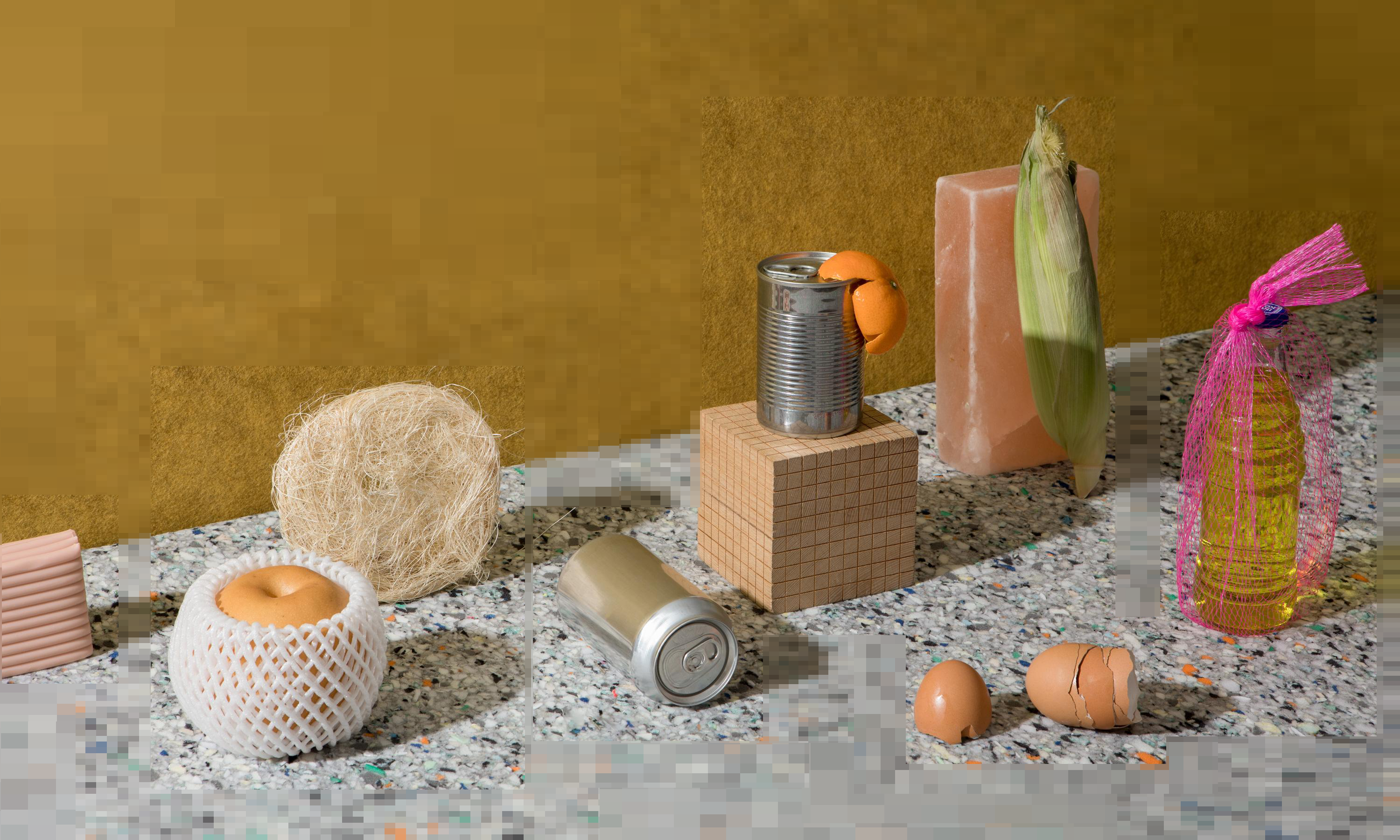
A directory of environmentally conscious resources for planet-loving designers & businesses.
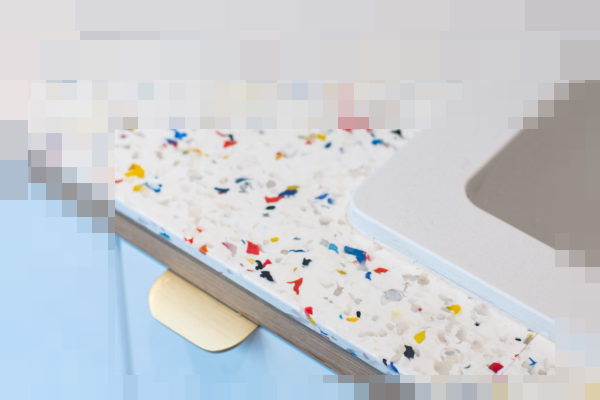
The world’s leading match-making platform in the field of innovative materials.
Minimise non-renewable energy use on site.
The choice of venue often determines the energy mix available onsite, and this choice is sometimes out of our control. Nonetheless, we should be proactive in investigating the energy supply situation for each site. In some cases, it may be possible to select a different venue or propose alternative energy sources. At the very least, we should be able to quantify the expected energy consumption of our project and track its costs (unit cost, and mix of renewable/non-renewable sources).
Once the selection of location(s) is done, we still have work to do. The choice of hardware, and how we use that hardware, can have a big impact on the energy consumption of the installation while it’s running on site.
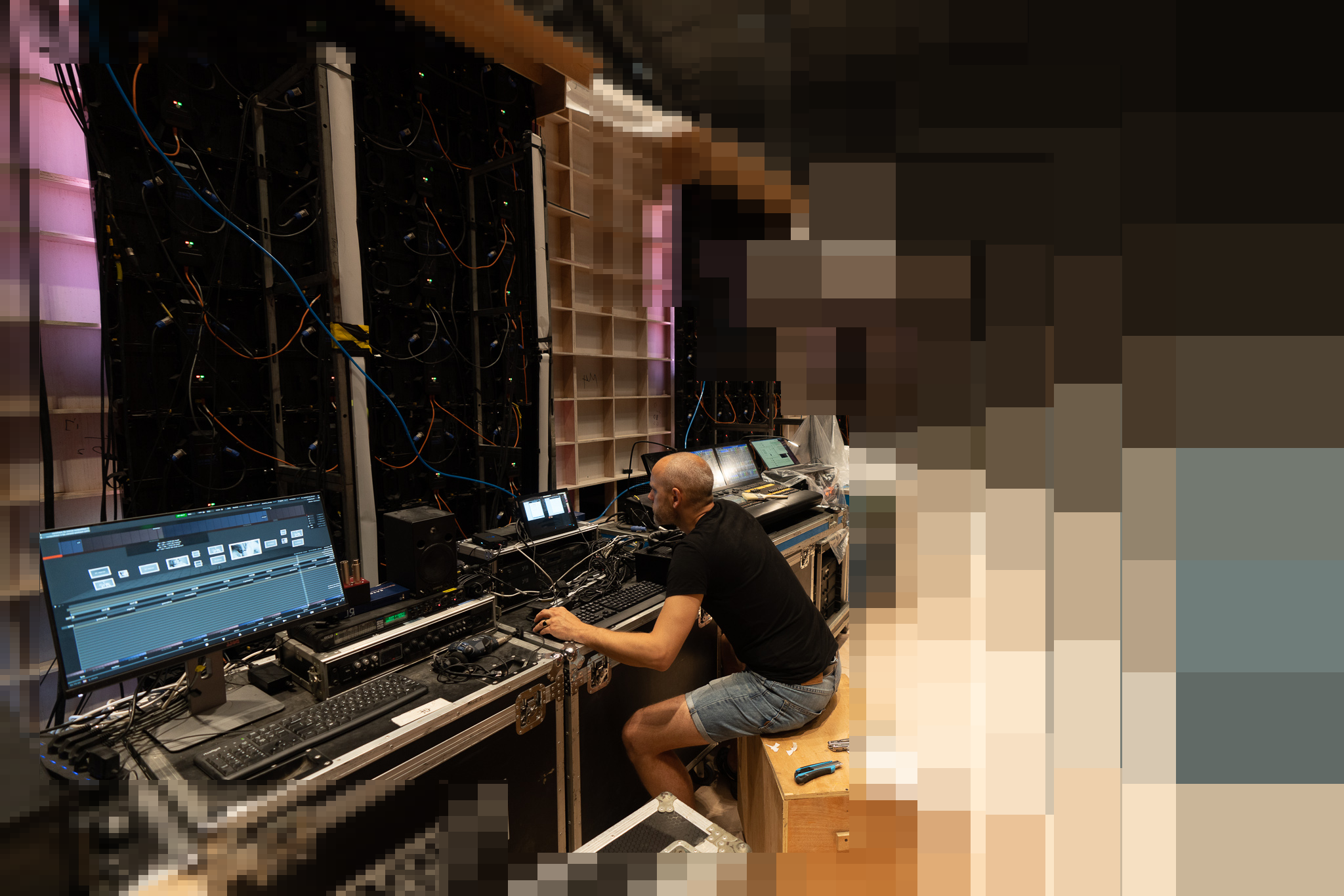
Opt for renewable electricity derived from natural sources, wherever possible
Consider a scheduled sleep-mode when the project is not in use
Enable idle or low power modes on any hardware that supports these features
Consider the efficiency of heating (and insulation) or cooling (and ventilation) requirements
Use energy efficiency as criteria when selecting equipment, not just up-front cost
Align with client on balance between sustainability and the need for visual impact
Think carefully about which tasks run more efficiently locally or which could be run on cloud/server infrastructure
Estimate and then evaluate the energy consumption of our projects
Propose a new action...

To focus on energy efficiency is to make present ways of life non-negotiable.

The embodied energy of the memory chip alone exceeds the energy consumption of a laptop during its life expectancy of 3 years.
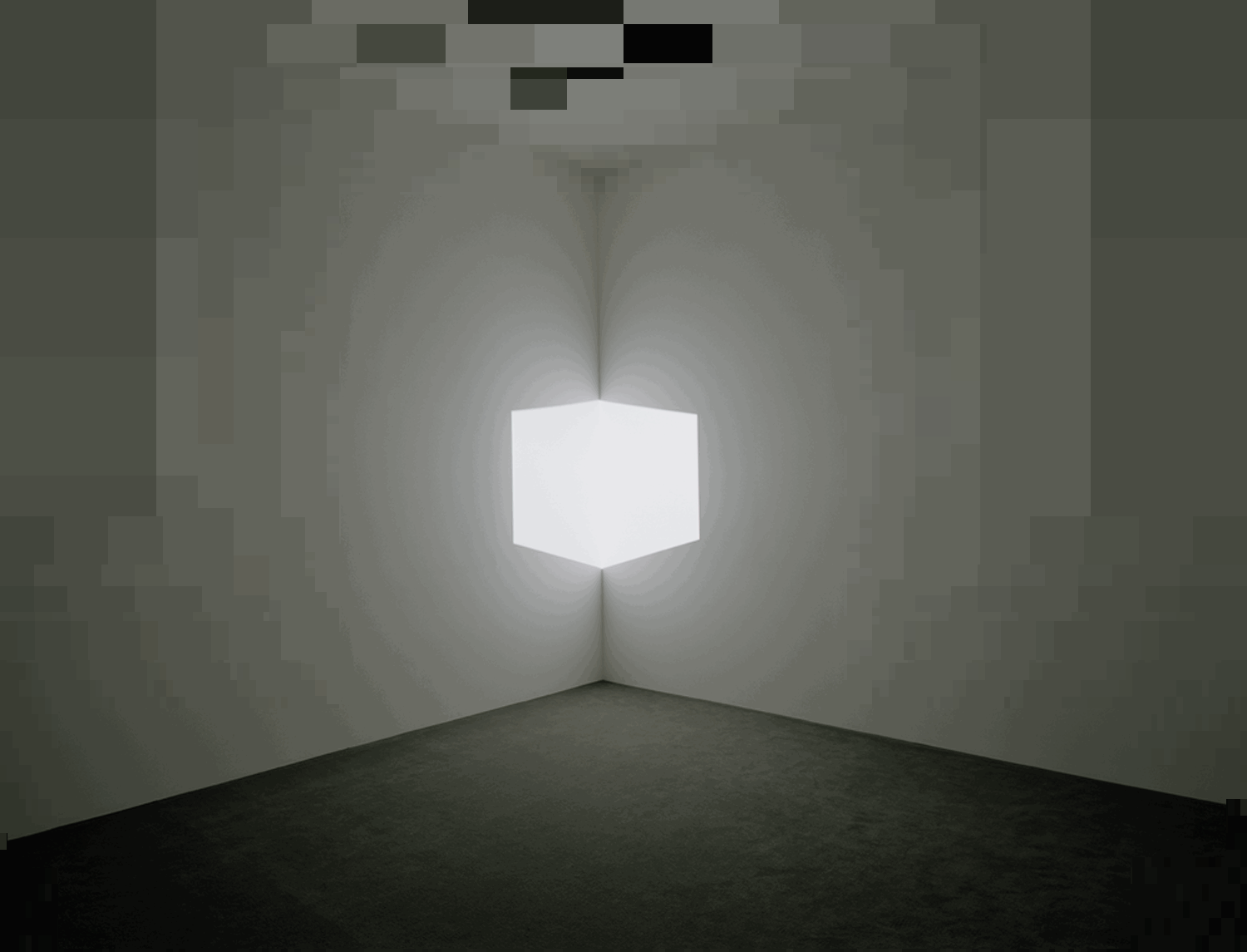
Seeing the light with James Turrell
Minimise shipping and travel, and offset when it can’t be avoided.
The most efficient travel option is not to travel at all. Meetings, presentations and even on-site setup can be done remotely, given the right tools and sufficient preparation. If travel is required, we should avoid the most carbon-intensive options (e.g. air travel) wherever possible.
Shipping of equipment and materials also needs to be considered. The “cheapest” option may have hidden costs if it requires transport over large distances.
As a final measure, we can offer an offset model for environmental impact that cannot be otherwise prevented or mitigated, such as flights and shipping of manufactured products (e.g. electronics). This offset can include contributions to the various certified organisations that we already work with, such as Carbonkiller, Rainforest Alliance, Trees For All, etc.

Prefer remote (video conference) meetings and presentations
Plan for remote access and monitoring on site, so that maintenance and even setup can be done remotely if possible
Prefer less carbon-intensive options when travelling
Keep track of unpreventable emissions, especially air travel
Offset any unpreventable emissions through certified environmental organisations
Keep track of, and minimise our externalities
Consider our material waste as a nutrient to another system
Integrate recycling and reuse in the project life cycle
Take full Product Stewardship
Keep track of the sustainable actions we took through documentation
Propose a new action...

A genius way to reduce environmental impact?

What is the carbon footprint of our work in digital?
We can only improve if we can measure our impact.
We need to document and measure the steps and choices made with respect to sustainability throughout each project. This enables us to summarise what we have achieved in the form of a report.
The purpose of the report is to help our clients and ourselves to appreciate where we have made a positive difference, and identify areas where we can improve next time.
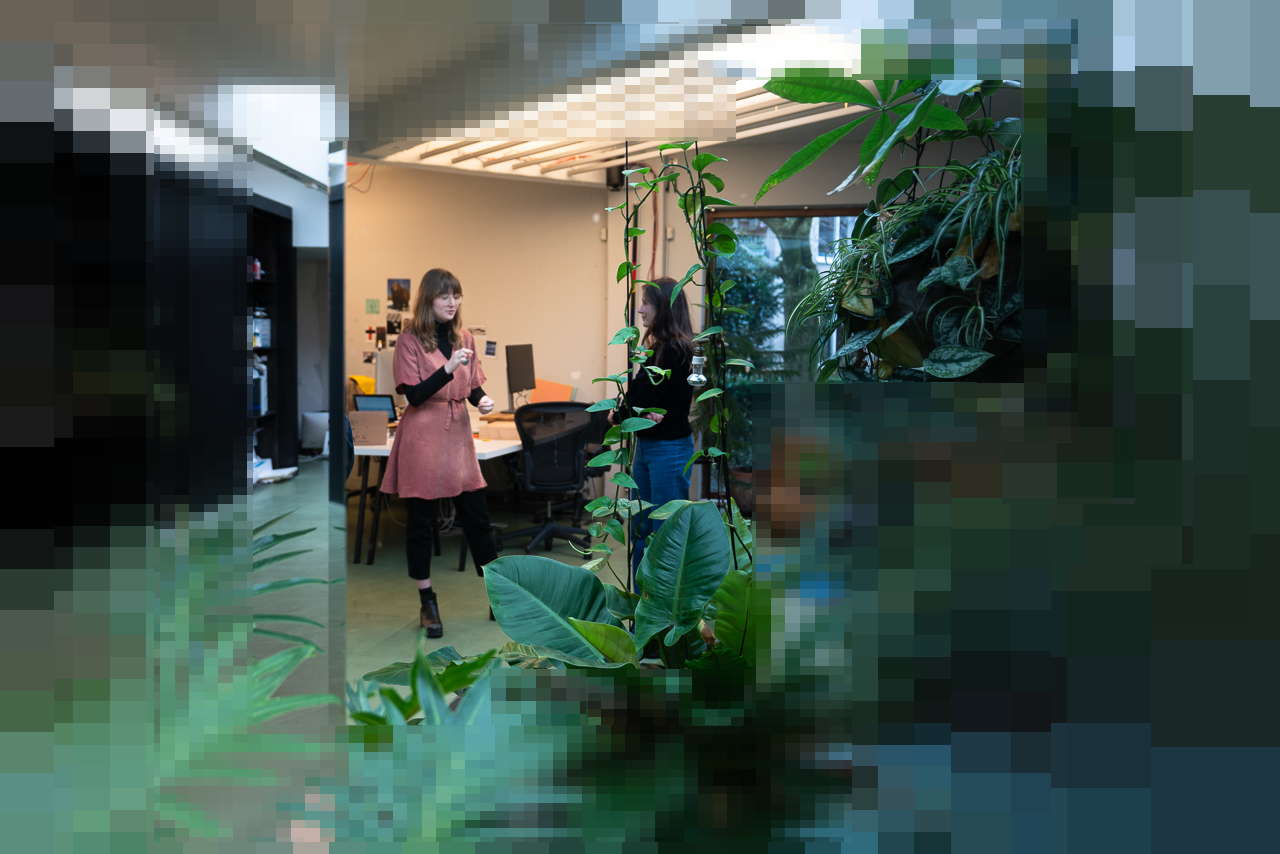
Key people should be reminded to document sustainable choices in their own work, throughout the project
Include the topic of sustainability in the end-of-project review
Produce both an external and internal sustainability report
Propose a new action...
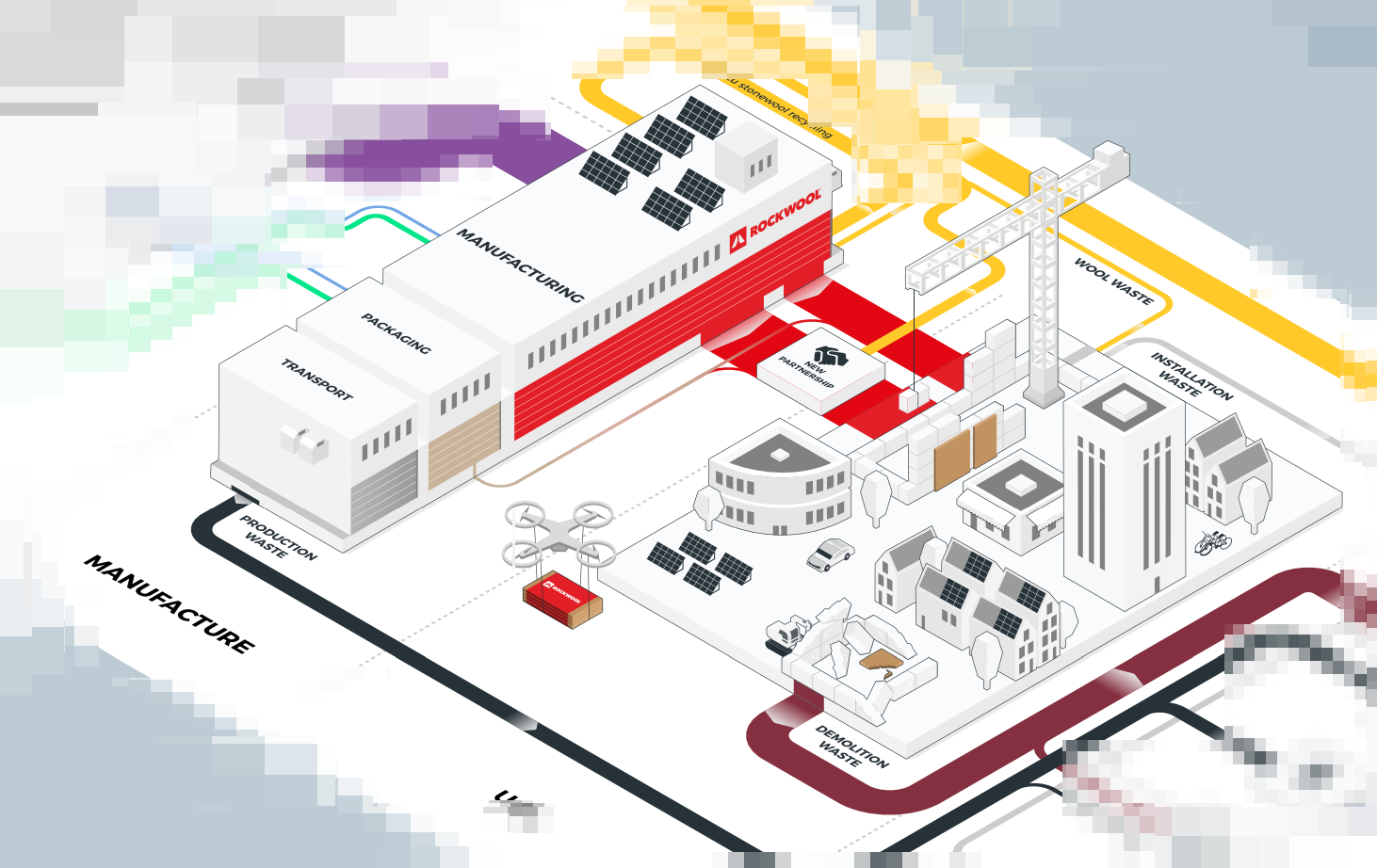
Opportunities to grow the circular economy in the built environment

Wholegrain Digital’s approach to carbon tracking.